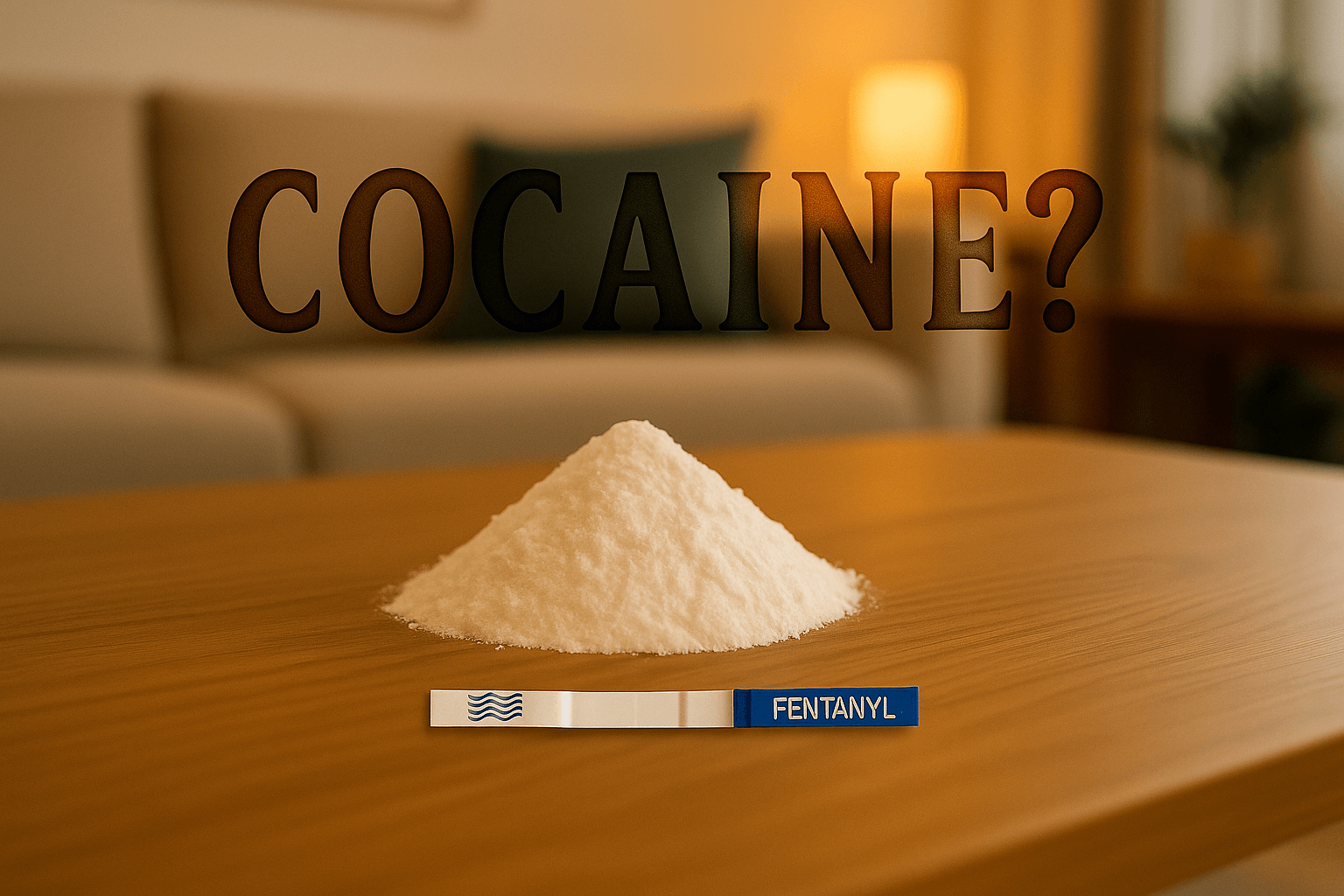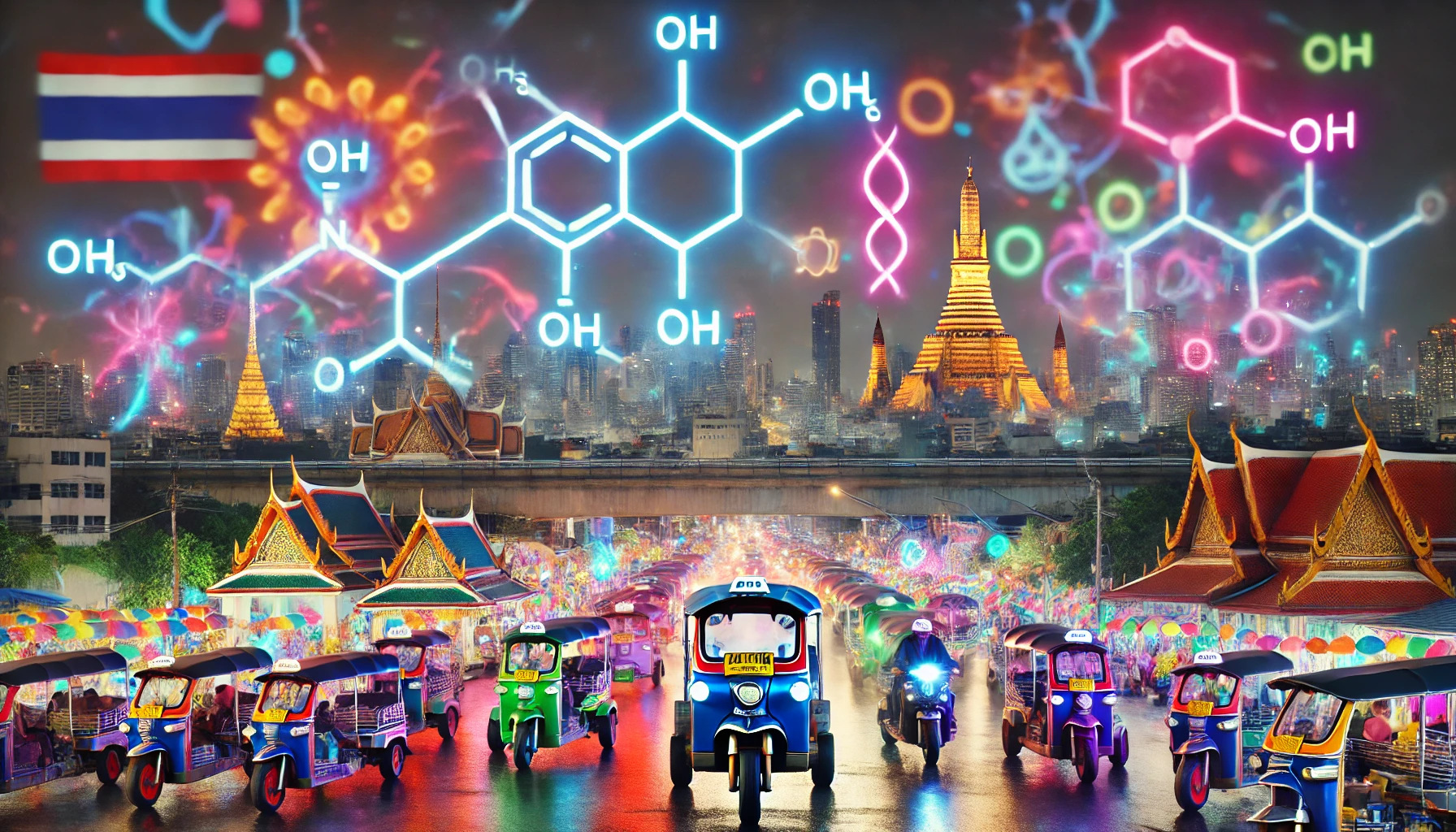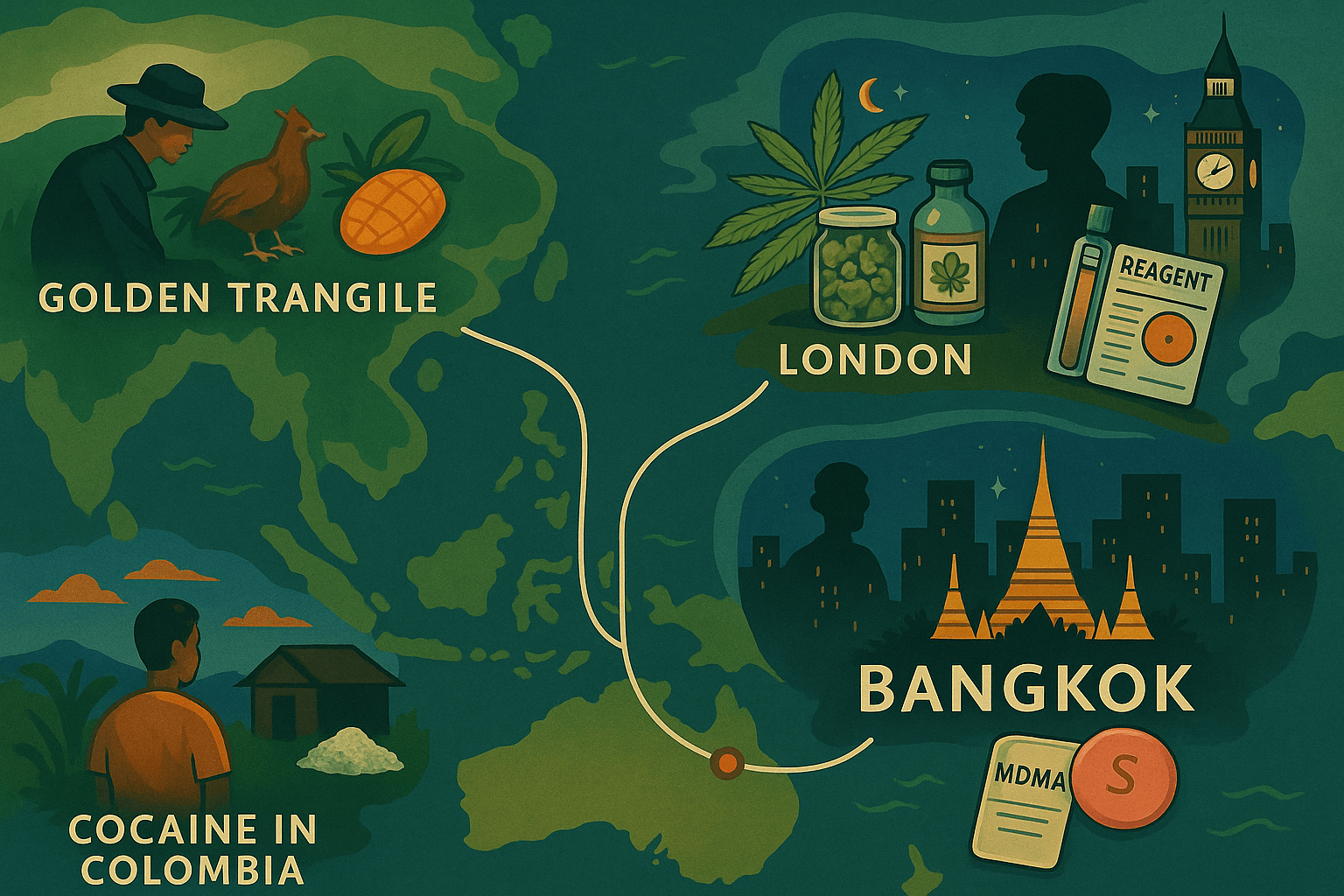In the evolving landscape of drug consumption and regulation, the need for accurate and reliable drug testing is more crucial than ever. Whether for personal safety, legal compliance, or medical reasons, understanding the various methods available for testing drugs can significantly enhance decision-making. This article explores different drug testing techniques, highlighting their pros and cons in a structured comparison to help you choose the best option for your needs.
1. Chemical Reagent Tests (e.g., Marquis Test)
Introduction: Chemical reagent tests are one of the oldest and most accessible forms of drug testing, commonly used to identify substances by their reaction with specific chemicals.
Pros:
- Quick and Simple: These tests can be performed on-site and provide results within minutes.
- Low Cost: They are among the cheapest drug testing methods available.
Cons:
- Prone to False Results: Due to their reliance on generic reactions, these tests often produce false positives and negatives.
- Limited Specificity: They cannot distinguish well between substances with similar chemical structures.
2. Immunoassays (e.g., Lateral Flow Tests)
Introduction: Immunoassays are biochemical tests that measure the presence or concentration of a substance in a solution through the use of an antibody or antigen.
Pros:
- High Sensitivity: Capable of detecting very low levels of substances.
- Moderately Quick: Results are typically available within a few minutes to hours.
Cons:
- Cross-Reactivity: May produce false positives if other substances similar to the target are present.
- Higher Cost: More expensive than chemical reagent tests.
3. Portable Raman Spectrometers
Introduction: Utilizing the scattering of light to identify molecular structures, portable Raman spectrometers offer a non-destructive way to analyze the composition of drugs.
Pros:
- High Specificity: Each molecule has a unique spectrum, which allows for precise identification.
- Non-Destructive: Does not alter the sample being tested.
Cons:
- Interference Issues: Struggles with impure or adulterated samples.
- Costly Equipment: High initial investment for the spectrometer.
4. Aptamer-Based Assays
Introduction: Leveraging nucleic acid molecules (aptamers) that bind specifically to target molecules, aptamer-based assays represent a cutting-edge approach in drug testing.
Pros:
- Haute spécificité et sensibilité: Can detect specific drugs even in complex mixtures without cross-reactivity.
- Rapid and Simple: Colorimetric assays provide visible results in seconds.
Cons:
- Relatively New Technology: May not be as widely available or standardized as older methods.
- Initial Development Cost: High cost associated with the development and calibration of specific aptamers.
Conclusion
The choice of drug testing method depends on a variety of factors including the required sensitivity, specificity, cost, and the context in which the test is to be used. For instance, while chemical reagent tests offer a quick and cost-effective solution, they lack the reliability needed for conclusive results. On the other hand, aptamer-based assays, although more expensive, provide a higher degree of accuracy and can be particularly useful in scenarios where precise substance identification is crucial.
For those seeking reliable drug testing while traveling, particularly in regions like Bangkok, Thailand, it is advisable to consider portable and highly specific testing methods like aptamer-based assays. Not only do these tests offer rapid and accurate results, but they also come with the peace of mind necessary for safe travels.
In the ever-changing world of drug testing, staying informed about the latest and most effective methods is key to ensuring safety and compliance. Whether you are a health professional, a concerned individual, or a law enforcement officer, choosing the right drug testing method can make all the difference in your professional and personal life.




